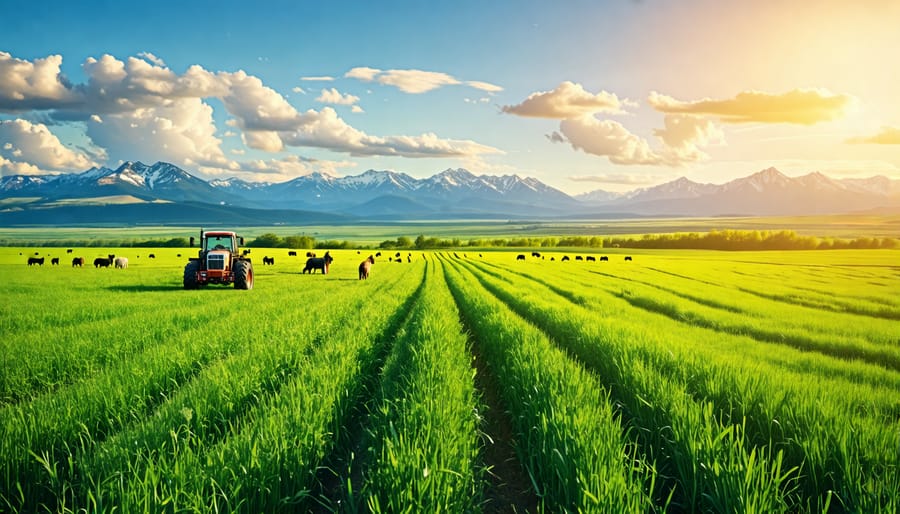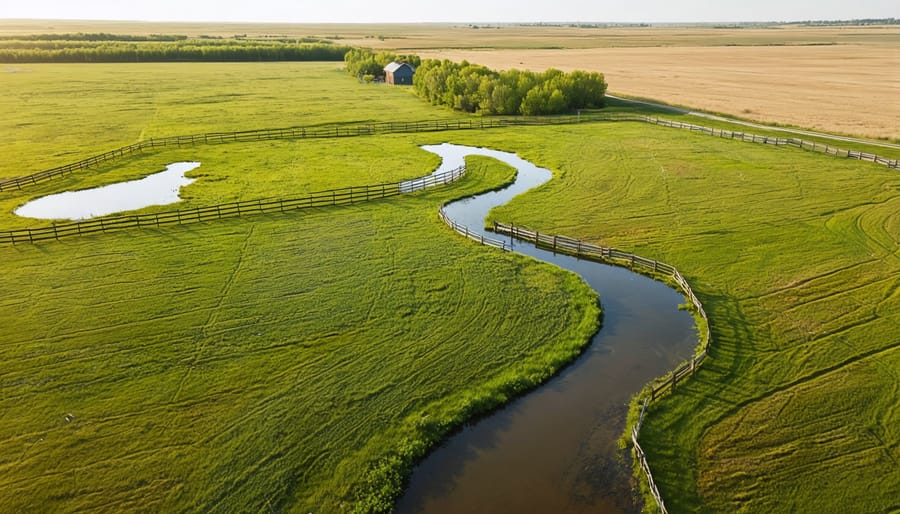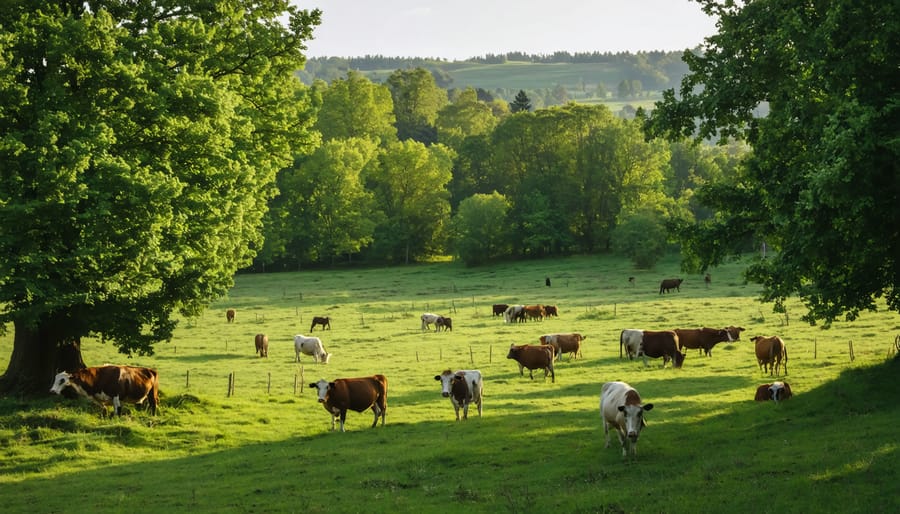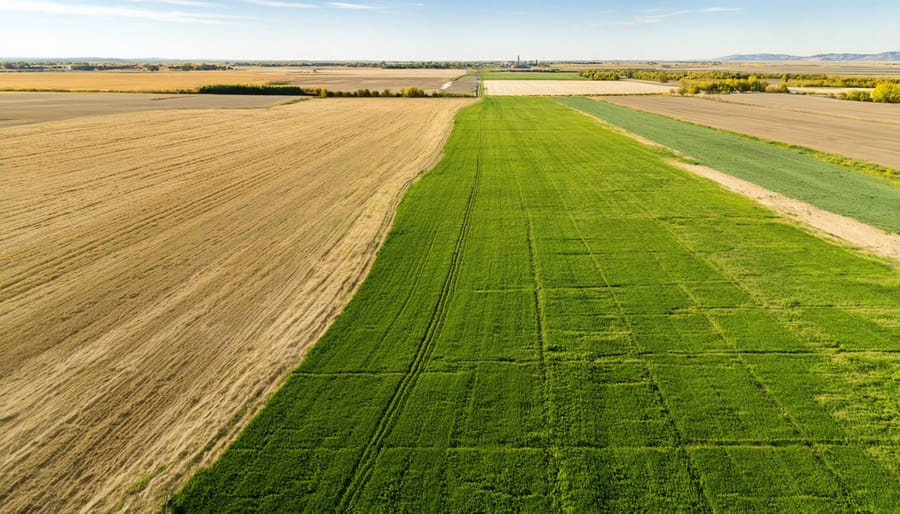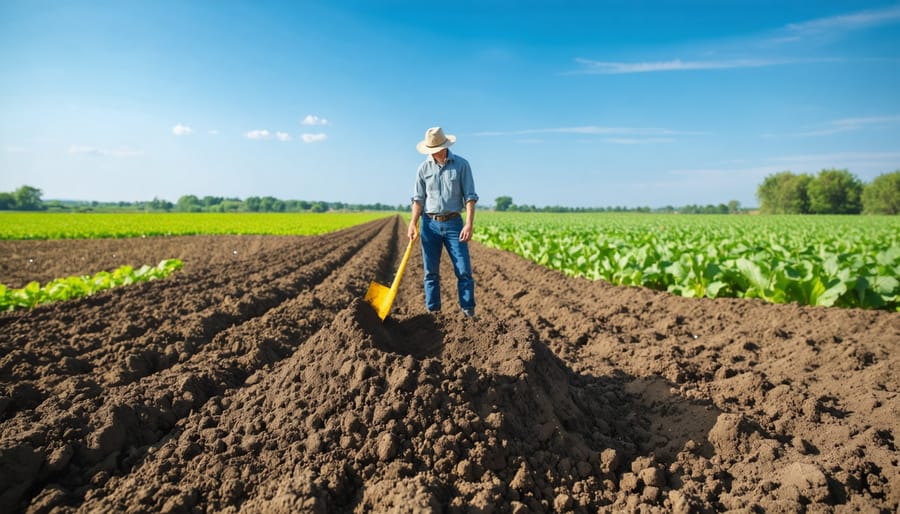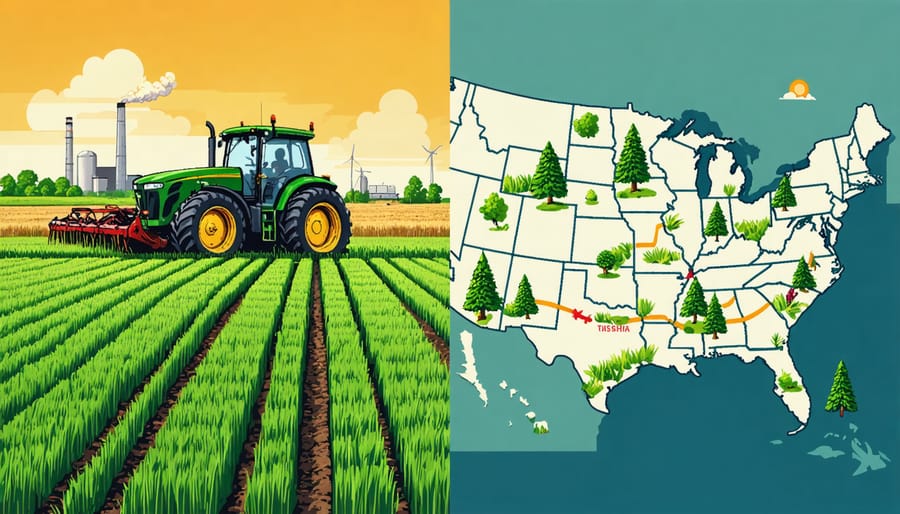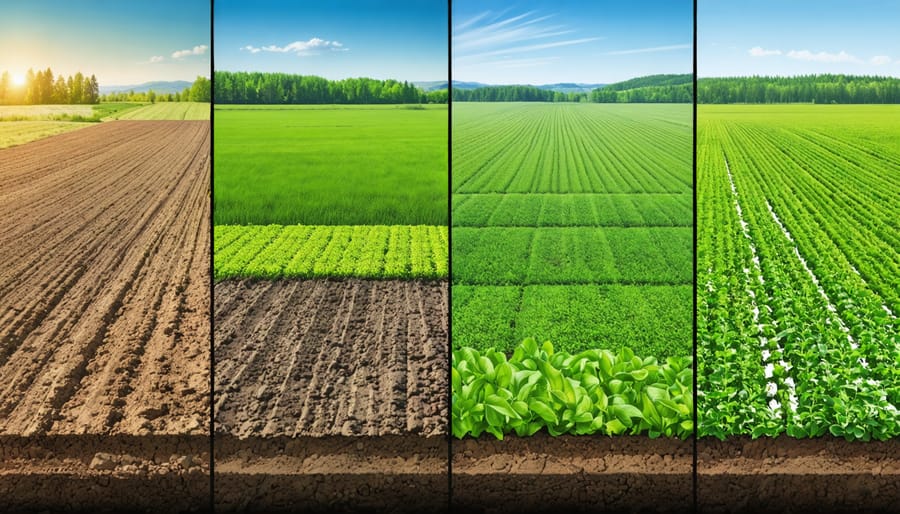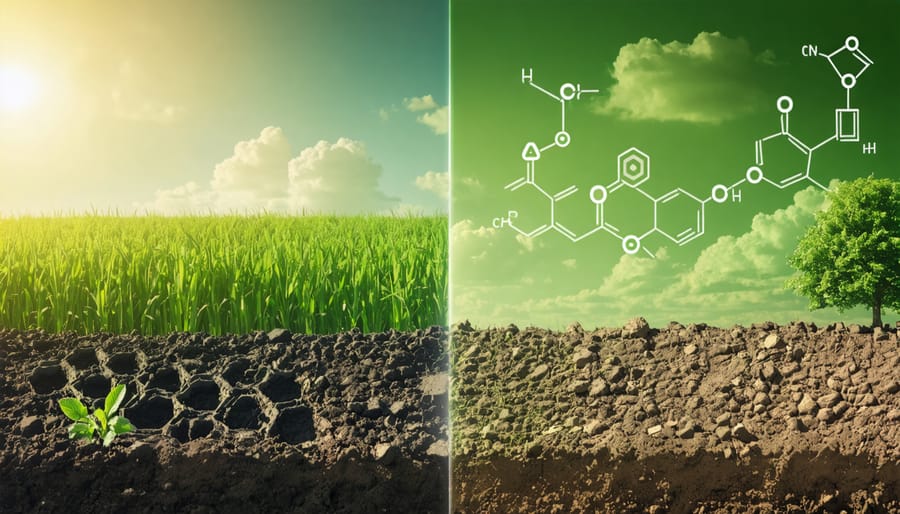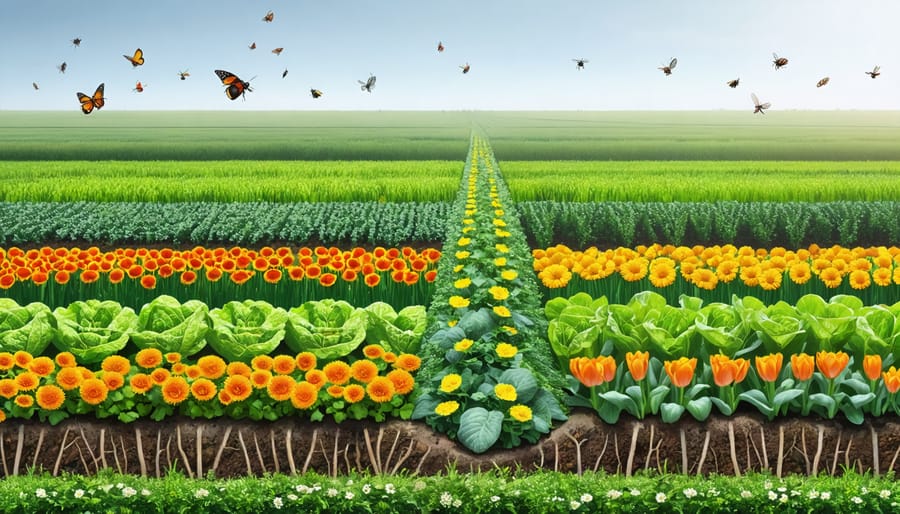Regenerative agriculture offers immense potential to combat climate change by harnessing the power of healthy soils to sequester atmospheric carbon. Through practices like cover cropping, reduced tillage, and holistic grazing management, farmers can rebuild soil organic matter, boost biodiversity, and lock away carbon for the long-term.
Alberta is poised to be a leader in this vital movement. With millions of acres of agricultural land and a community of innovative producers, the province has the scale and ingenuity to make a meaningful difference. By transitioning to regenerative methods, Alberta farmers can not only mitigate climate change, but also enhance their land’s productivity, profitability and resilience.
The time to act is now. Every acre converted to regenerative management represents progress towards a cooler, more stable climate future. With the right knowledge, support and incentives, Alberta’s agricultural sector can be at the forefront of the global effort to drawdown excess greenhouse gases. Together, we can harness the regenerative power of agriculture to build a better world for current and future generations.
What is Regenerative Agriculture?
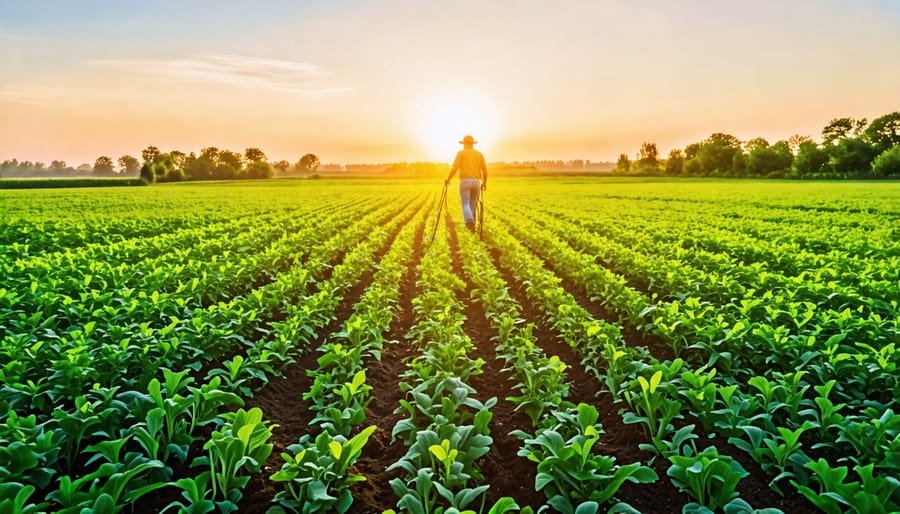
Key Principles of Regenerative Farming
The key principles of regenerative farming center around nurturing the soil and ecosystem. Minimizing soil disturbance through practices like no-till planting helps preserve soil structure and microbial life. Maintaining continuous soil cover with cover crops or mulch protects against erosion and fosters beneficial organisms. Promoting biodiversity through crop rotation, intercropping, and encouraging wildlife supports a resilient farm ecosystem. Integrating livestock through managed grazing can improve soil fertility and carbon sequestration. By working with nature’s cycles, regenerative practices build healthier, more productive land. While adopting these methods may require some trial and error, many Alberta farmers are seeing the benefits in their soil and harvests. With the right knowledge and community support, regenerative farming offers a path to more sustainable and rewarding agriculture in our province.
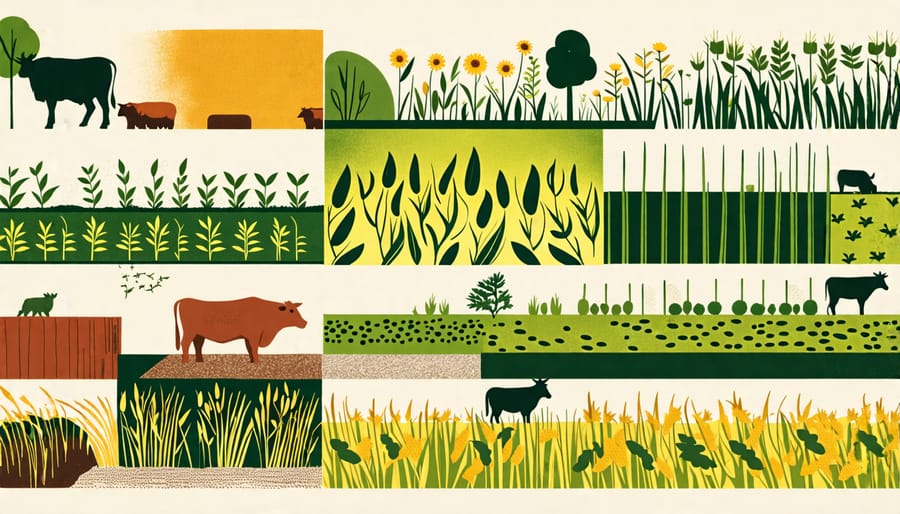
Benefits for Soil Health and Carbon Sequestration
Regenerative agriculture practices, such as cover cropping, reduced tillage, and diverse crop rotations, improve soil structure by promoting the formation of stable soil aggregates. These practices also increase soil organic matter, which acts as a natural carbon sink. By fostering a rich soil microbiome and encouraging deep root growth, regenerative agriculture enhances the soil’s capacity to store atmospheric carbon in the form of organic compounds. This not only mitigates climate change but also improves soil fertility, water retention, and overall soil health. Alberta farmers who adopt these practices can contribute to global carbon sequestration efforts while building more resilient and productive agricultural systems. With the province’s vast agricultural lands, even small changes in soil management can have a significant impact on carbon drawdown. By prioritizing soil health, regenerative agriculture offers a powerful tool for Alberta farmers to combat climate change and ensure the long-term sustainability of their operations.
Regenerative Agriculture in Alberta
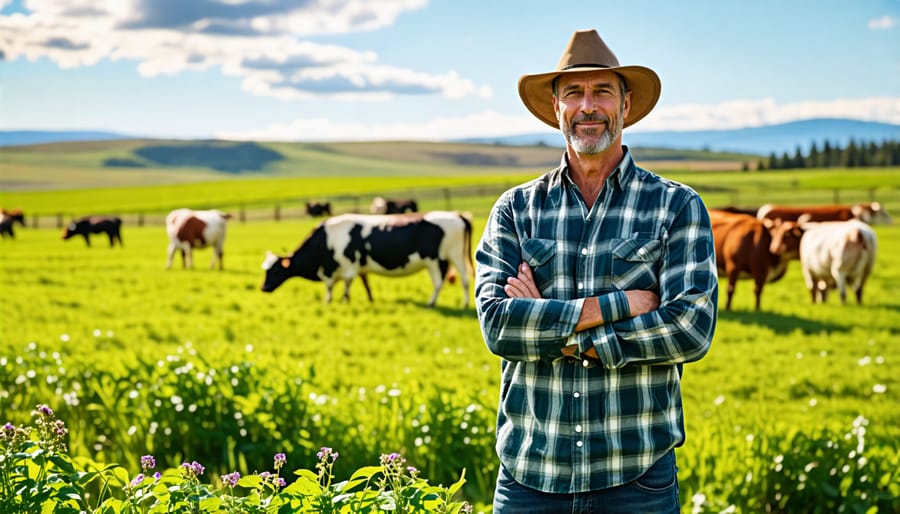
Case Studies of Albertan Regenerative Farms
Several Albertan farms have successfully adopted regenerative practices, experiencing improved soil health, increased biodiversity, and enhanced resilience. Sunhaven Farm, a 320-acre mixed farm near Warburg, transitioned to regenerative methods in 2015. By implementing cover cropping, reduced tillage, and mob grazing, they’ve seen a significant increase in soil organic matter and water retention. “Our yields have stabilized, and we’re using fewer inputs,” says owner John Schneider, “It’s been a game-changer for our farm’s sustainability.”
Similarly, Trail’s End Farm, a 1,500-acre operation near Nanton, has embraced regenerative practices since 2012. Utilizing diverse cover crop mixes, integrating livestock, and minimizing soil disturbance, they’ve observed improved nutrient cycling and reduced erosion. “We’re seeing more earthworms, better water infiltration, and healthier plants,” notes farm manager Sarah Thompson, “Regenerative agriculture has made our farm more resilient to extreme weather events.”
These case studies demonstrate the positive impacts of regenerative farming in Alberta’s diverse agricultural landscape. By prioritizing soil health and ecosystem function, these farms are not only sequestering carbon but also building a more sustainable and profitable future for their operations. As more Albertan farmers adopt these practices, the potential for large-scale carbon sequestration and climate change mitigation grows, contributing to a healthier planet and thriving agricultural communities.
Support and Resources for Albertan Farmers
Albertan farmers looking to adopt regenerative agriculture practices can find support through various organizations and initiatives. The Alberta government offers programs like the Canadian Agricultural Partnership, providing funding for sustainable agriculture projects. Non-profits such as ALUS (Alternative Land Use Services) and Organic Alberta offer resources, workshops, and mentorship to help farmers transition to regenerative methods. The Regenerative Agriculture Alliance, a network of farmers, researchers, and industry professionals, facilitates knowledge sharing and collaboration across the province. Universities like the University of Alberta and Olds College conduct research and offer educational programs focused on sustainable agriculture. Additionally, local regenerative farming groups and online communities provide peer support and practical advice. By tapping into these resources, Albertan farmers can access the guidance and tools they need to successfully implement regenerative practices on their land, contributing to carbon sequestration and building a more resilient agricultural system.
The Role of Regenerative Agriculture in Climate Change Mitigation
Carbon Sequestration Potential
Regenerative agriculture practices have the potential to sequester significant amounts of carbon globally. According to a recent study, if these practices were adopted on a large scale, they could sequester up to 23.2 gigatons of CO2 by 2050. In Alberta specifically, regenerative agriculture could play a vital role in mitigating climate change. The province’s vast agricultural lands, covering over 50 million acres, present a unique opportunity for carbon sequestration. Estimates suggest that if just 20% of Alberta’s agricultural land adopted regenerative practices, it could sequester up to 22 million metric tons of CO2 annually – equivalent to taking 4.7 million cars off the road. Furthermore, case studies of farms in Alberta that have implemented regenerative practices have shown impressive results, with some sequestering up to 1.5 metric tons of CO2 per acre per year. These figures highlight the immense potential of regenerative agriculture in combating climate change, both in Alberta and worldwide.
Co-Benefits for Climate Resilience and Adaptation
Regenerative agriculture practices not only sequester carbon but also enhance farms’ resilience to climate change impacts. By building healthy, diverse ecosystems, these methods help soil retain moisture during droughts and improve drainage during heavy rainfall. Cover crops and perennials protect against erosion, while agroforestry creates windbreaks and microclimates. Increased organic matter acts as a buffer, regulating soil temperature and moisture fluctuations. Farms with regenerative practices often recover faster from extreme weather events. In Alberta, producers are already seeing the benefits – from better water infiltration during spring melts to pastures that stay green longer in dry summers. By investing in soil health, regenerative agriculture helps farmers adapt to a changing climate while contributing to its mitigation. It’s a win-win approach that builds resilience from the ground up, ensuring a more sustainable future for Canadian agriculture.
Conclusion
In conclusion, regenerative agriculture offers a promising solution for Alberta farmers to combat climate change while improving soil health and productivity. By adopting practices such as cover cropping, reduced tillage, and rotational grazing, farmers can sequester significant amounts of atmospheric carbon in their soils. This not only helps mitigate greenhouse gas emissions but also enhances the resilience and profitability of their operations.
The potential benefits of regenerative agriculture extend beyond individual farms. By working together as a community to implement these practices at scale, Alberta farmers can make a meaningful contribution to Canada’s climate goals while also revitalizing rural economies and ecosystems. With supportive policies, research, and extension services, the transition to regenerative agriculture can be accelerated across the province.
The time to act is now. As stewards of the land, Alberta farmers have a unique opportunity and responsibility to lead the way in adopting regenerative practices. By embracing this approach, they can build a more sustainable and prosperous future for their farms, their communities, and the planet as a whole. The journey may not always be easy, but the rewards – for both farmers and the environment – are well worth the effort. Let us work together to make regenerative agriculture the new norm in Alberta and beyond.

